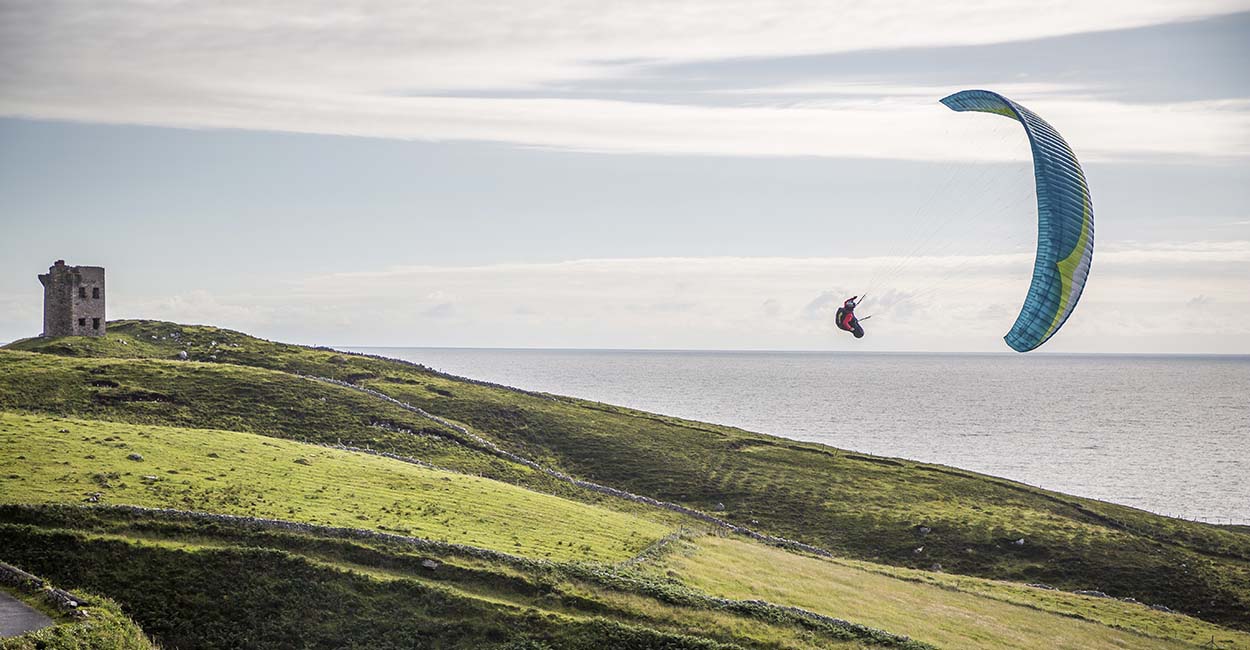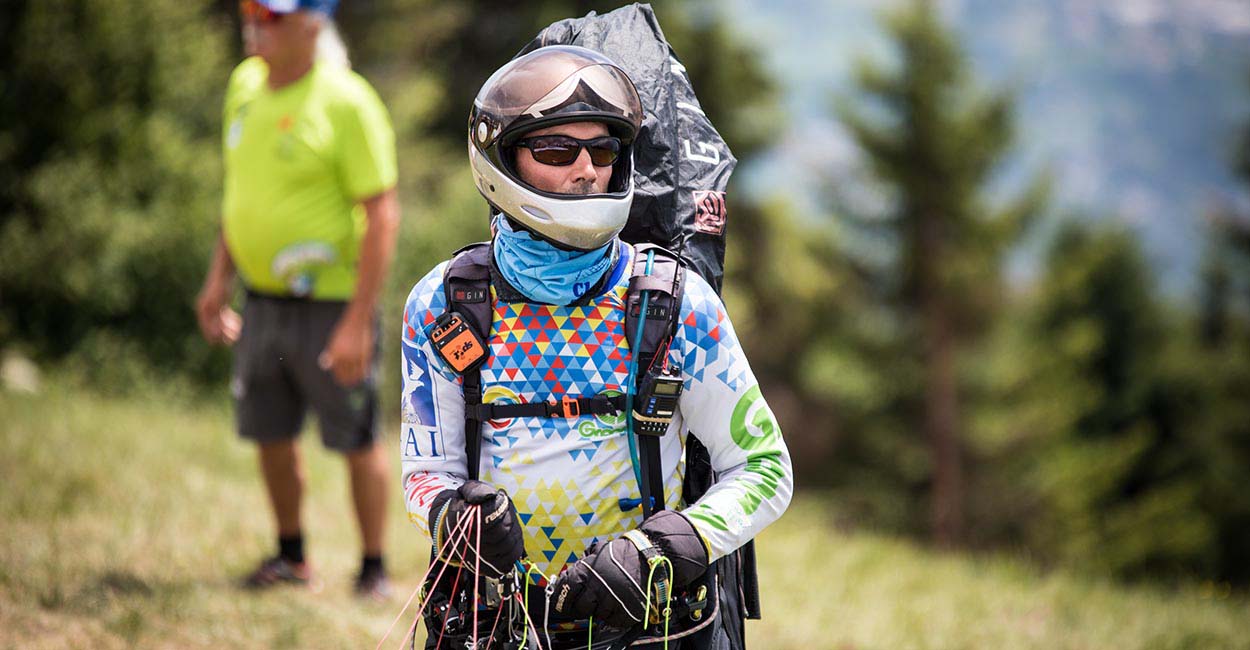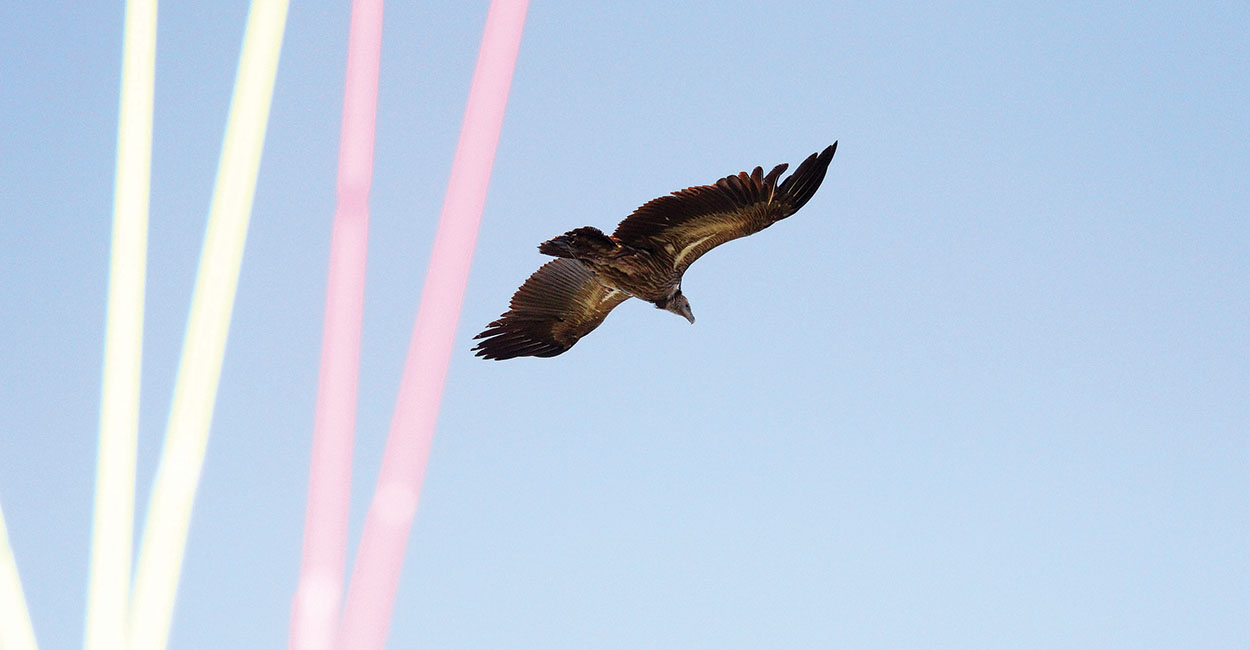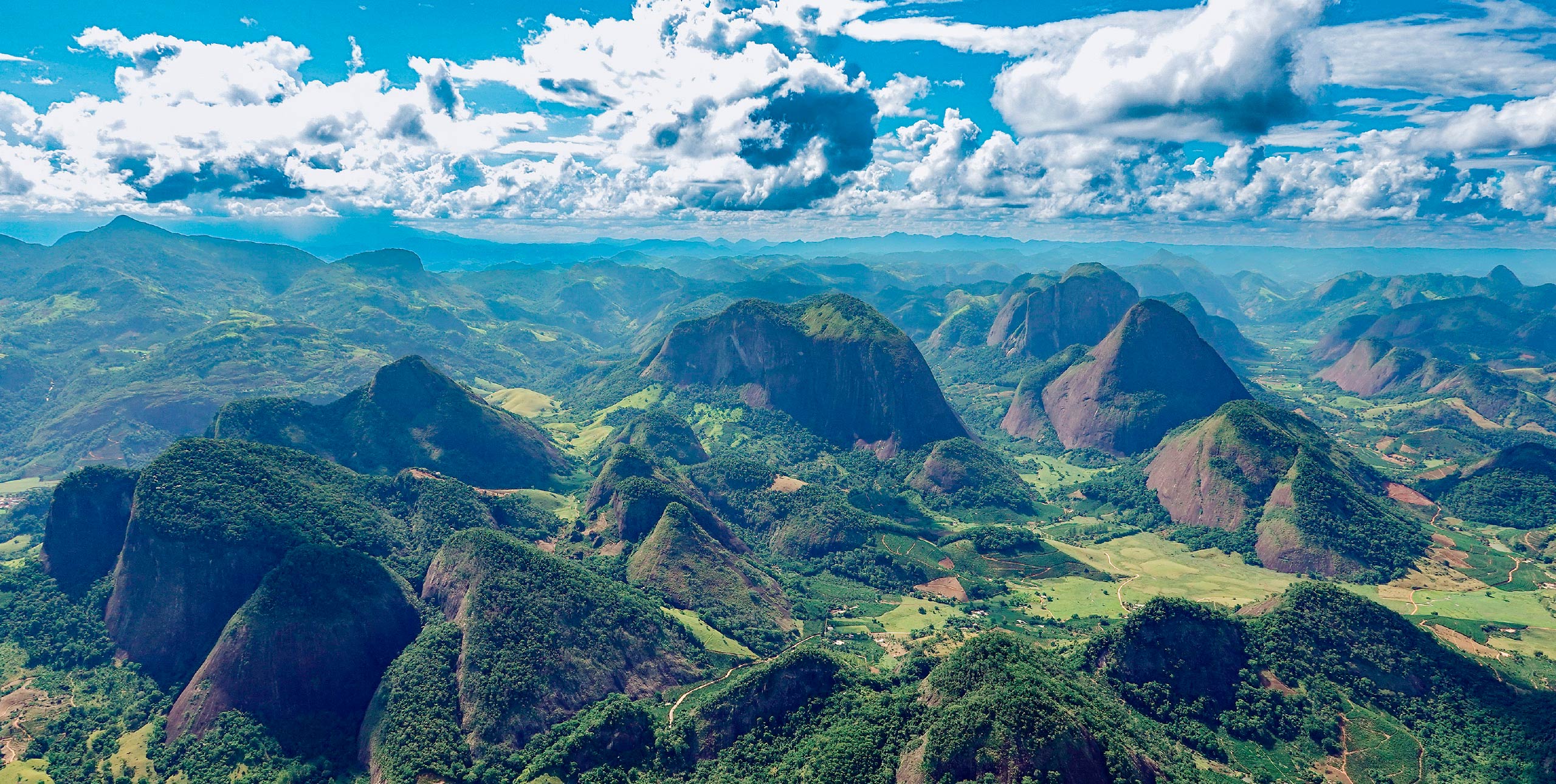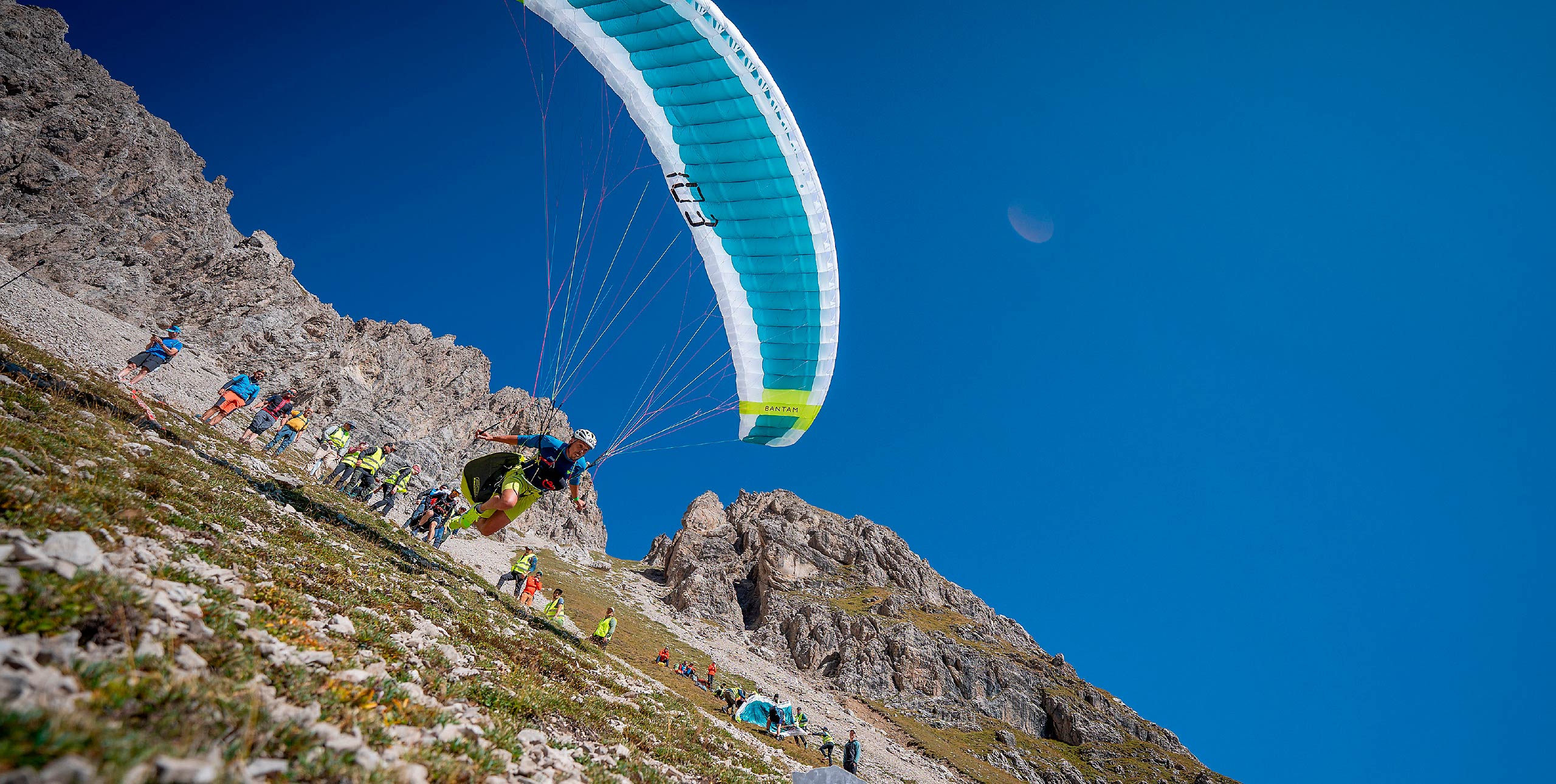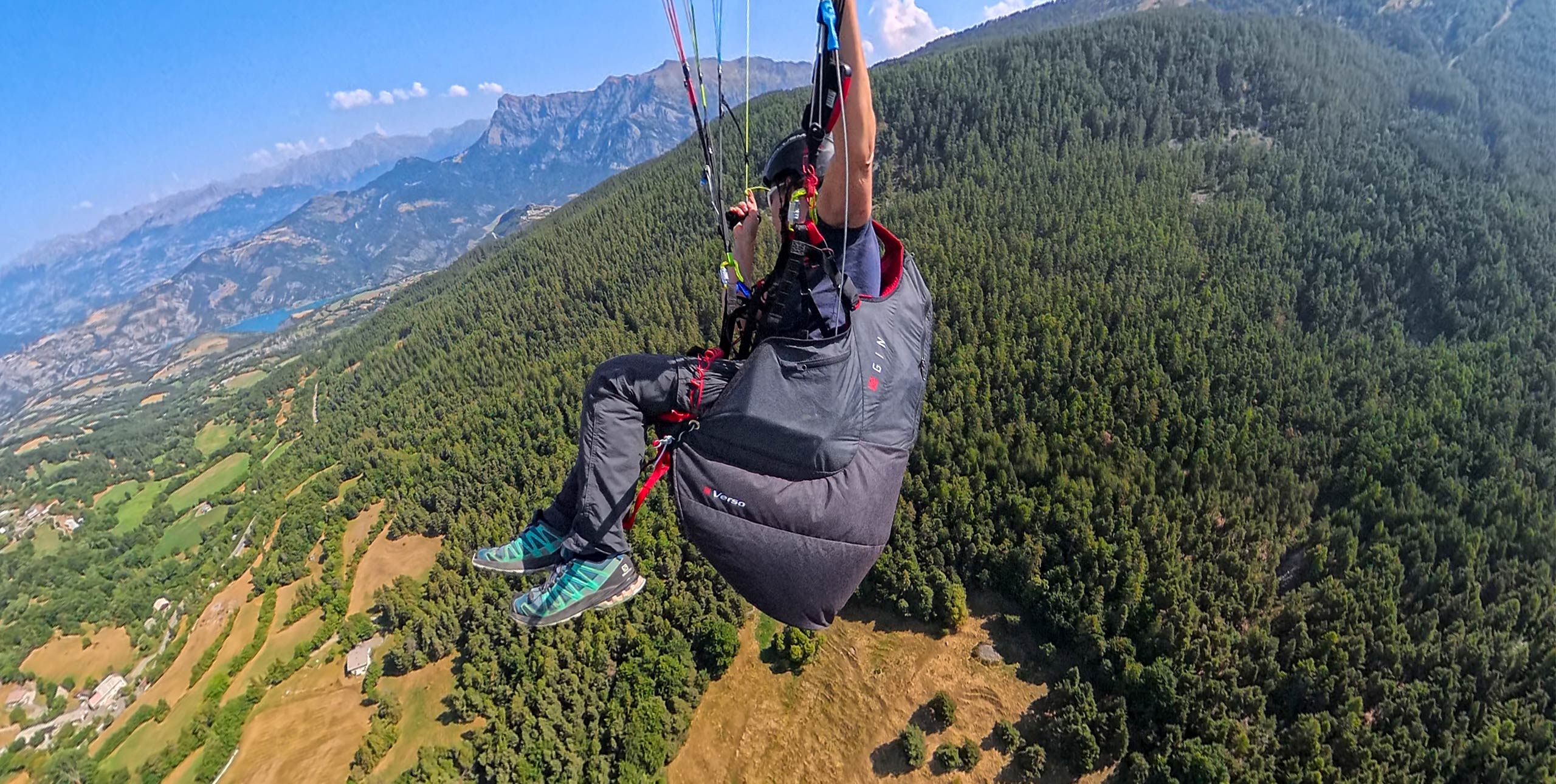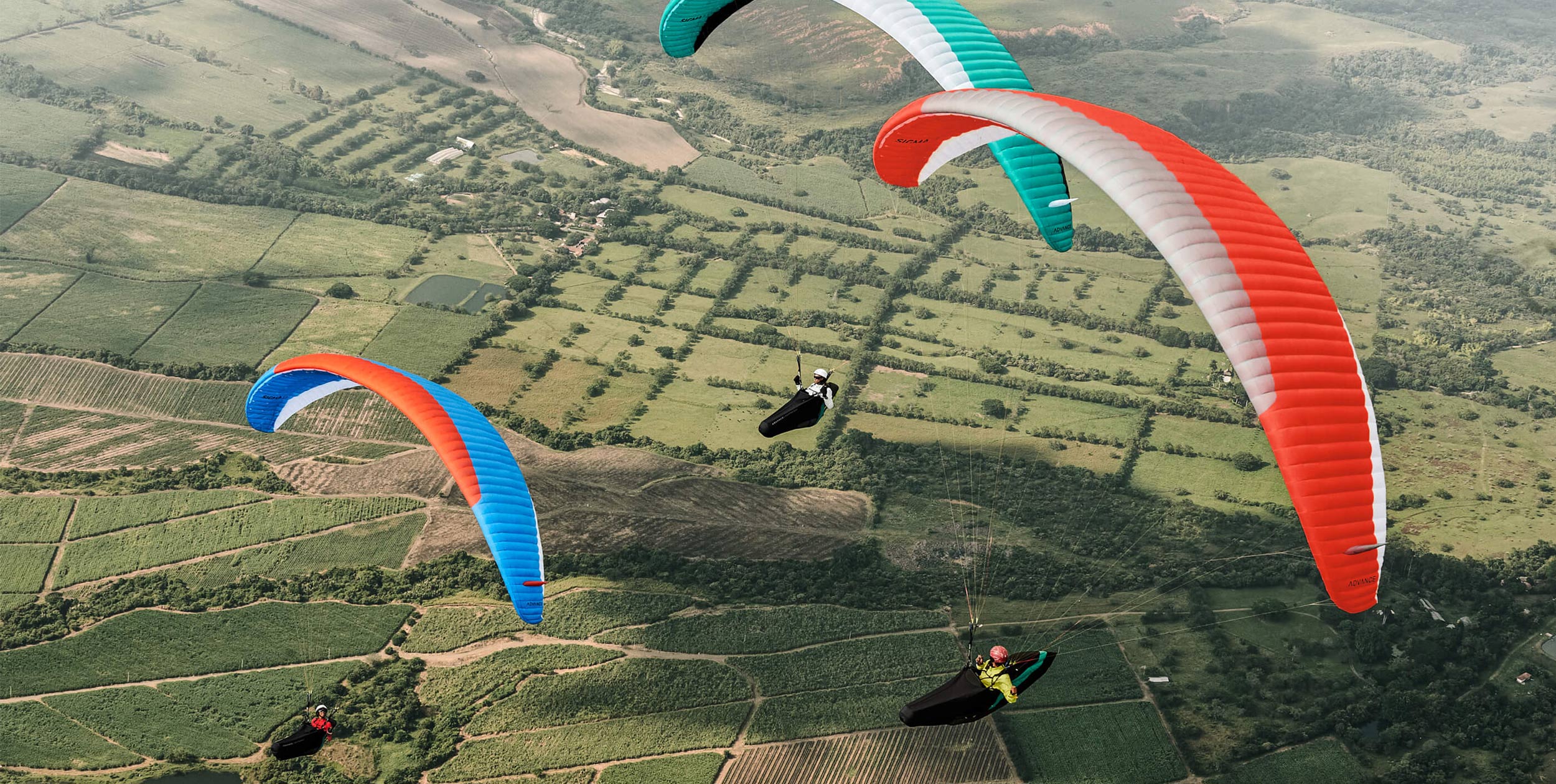
Thermalling well is true art – but it can be learned. And it can be learned relatively quickly. It then takes a lifetime to perfect! In this article, paragliding guide and author Kelly Farina explains how to become a true thermalling master.
When you learn any art, it helps immensely to break the skill down into its separate parts. Each one is important, and so is the order that they’re learned in. Trying to run before you learn to stand never helps.
The ultimate goal is to be able to do as much as possible on autopilot. That leaves mental bandwidth free to make decisions that are sometimes crucial to staying airborne.
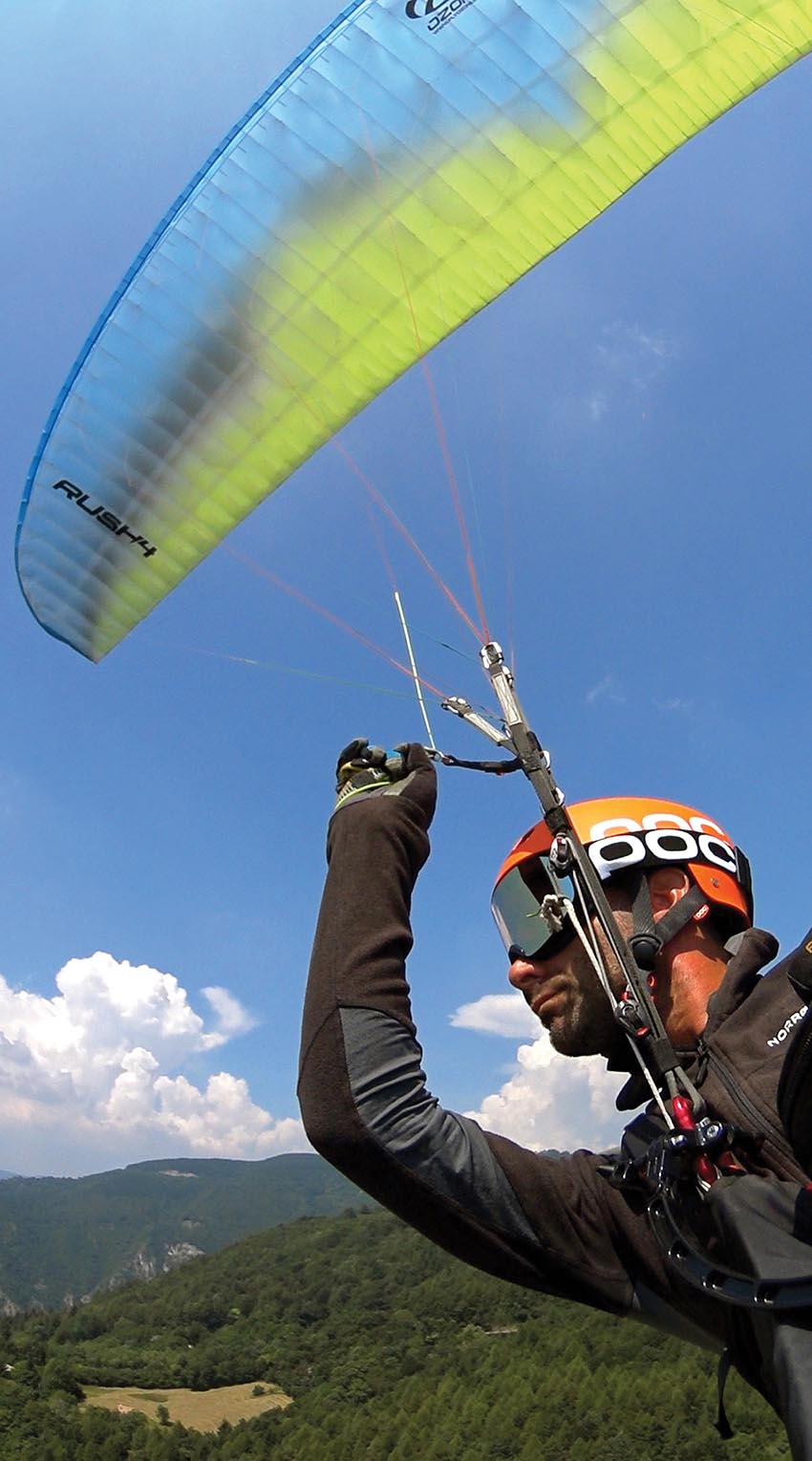
Learning to thermal properly is a basic skill, the cornerstone of XC flight. The sequence should go something like this.
1. First, turn the glider at the desired radius then learn to do it smoothly. Without the correct radius, our smoothness throughout the carve, as we open and close the turn, is irrelevant. Only when the correct bank and timing of the carve are achieved, even if they’re messy, can efficiency be improved.
2. Once the radius of the turn is correct, it’s time to make it as clean as possible. Maintaining energy throughout the carve is vital, while keeping it as smooth as possible.
3. When this perfect, imperfect circle is in hand, the practice of moving it around the sky comes into its own. It’s not so important to get the angle of opening 100% right in the beginning, but to do it smoothly. The vario won’t lie, and it will be easier to find the core. By opening the turn or simply releasing the inside brake, we’ll be moving our 360 in the right direction – the start of mapping and homing in on that core. It’s vital, but only once the carve is clean and is being done without the use of too much thinking power.
The cleaner the carve and the ability to move it, the better we’ll be flying.
These are the three steps to learning to thermal, and they should be practised in this order, moving on to the higher level only once the previous one is in hand. Progression is easier if learning follows the correct sequence.
This will lead to the linking of smooth turns, and will allow a flow around the thermal. Once a solid technique is honed, we should start to think about linking climbs. This is the syllabus we’ve used on our courses over the years, with great success.
Flow, efficiency and good technique
The aim of learning to thermal is to allow the pilot to instinctively and accurately to place their wing in the right part of the climb and, more importantly, keep it there. This is the technical difference between expert and hobby pilots. It will enable pilots to use even the tightest or lightest of climbs.
Thermalling well is all about the flow and efficiency of the turn. All things being equal, the pilot who climbs best will be the one who makes the fewest mistakes.
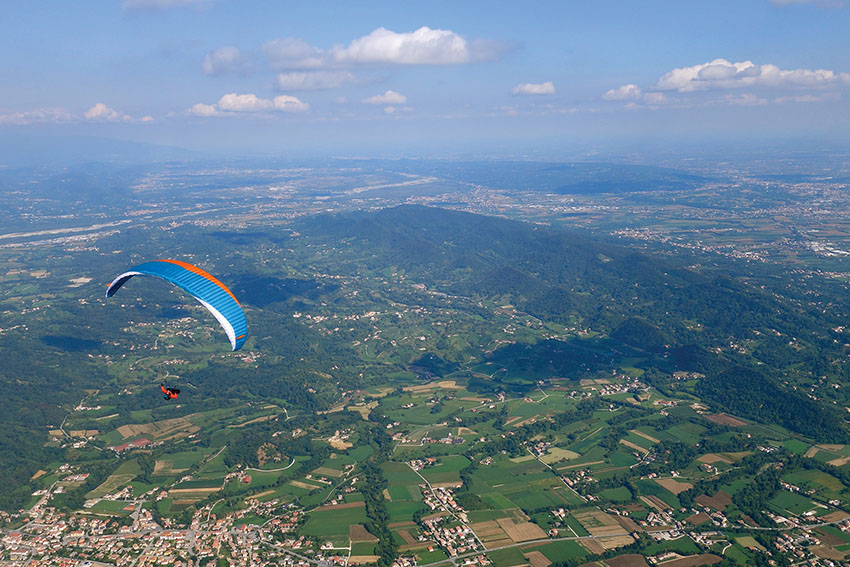
Technique in thermalling is important. Any pilot who thinks that burying the inside brake is a valid technique should stop listening to stories of bravery on a windy hill and start to think about the consequences of such clumsy actions. Dogs and pirates bury things; we should not. Burying the brakes usually results in showing the more skilled and subtle pilot the top of your wing.
Consider your overall technique a bag of tools. On some days, in some thermals, you’ll need a sledgehammer. This is when the air is rough with you. Be a mirror to the air; give back what you get. If the air shouts at you, shout back with control. But don’t expect for a moment that this heavy technique is a one-size-fits-all method.
Trying this on light days or when breaking through stubborn inversions will see pilots often land frustratingly early, or get stuck. This is when your precision tools are required – micro-screwdriver, say. As the air whispers to us, we should gently whisper back. Sometimes on light days I dare to breathe only slowly in case I break the spell; it’s absurd, but flying sometimes feels that subtle.
The more sharp tools we have in our bag, the more we can deal with what nature decides to throw at us. It may be just hanging on in a strong leeside thermal, where holding the nose open is more crucial than the perfect carve, or it may be squeezing the best out of that last climb of the day to get home, when it helps to home in accurately on the core.
Which technique is required depends mainly on where the climb lies on the spectrum. One end is technical, the other strong.
It’s vital to train with all the tools to be a well-rounded pilot, but unfortunately pilots who train only in one place or one kind of conditions will find it hard to adapt to other, more subtle thermals.
Pilots who train only in wide and strong thermals are always the first to suffer when things get tricky (tight and light) despite the number of hours they’ve flown. Their first assumption is that the site or thermals are no good – many pilots refuse to look in the mirror or criticise their own technique, even though other pilots climb out day in, day out on the same chessboard. It’s not luck but technique.
Understanding what makes a day technical
Different thermals require different levels of skill. Tight and light climbs are obviously going to be more challenging than wide, strong thermals. The more technical the climb, the more technique is required.
Everyone comes up when it’s strong. Imagine a thermal that’s over 300m wide and has a strength profile of between 2-5m/s. At trim speed it will take almost 30 seconds to fly through it. This is what I would describe as technical level 1. The equivalent of shooting fish in a barrel.
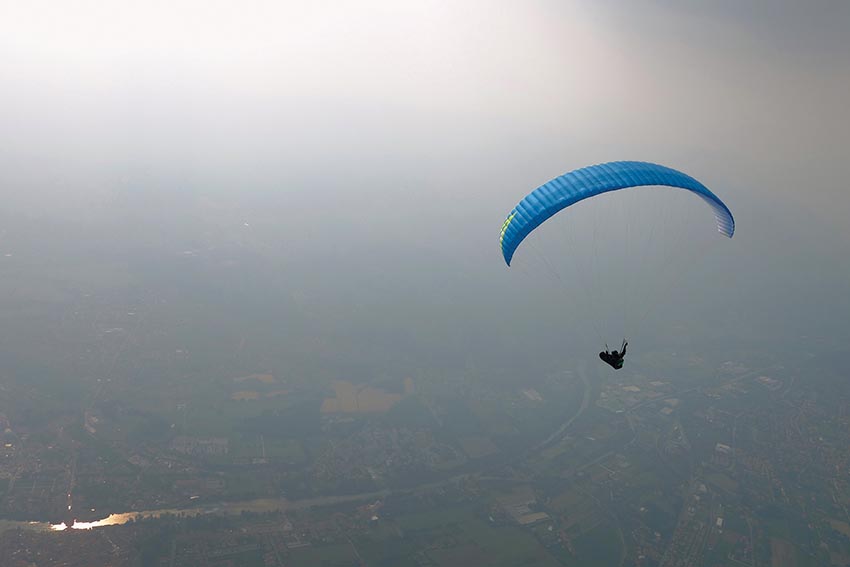
An average climb in the Alps, or anywhere for that matter, could be 80m wide and about 2-3m/s, depending on time of day. So 7-8 seconds will see you fly through this one. This I would say has a technical level of about 5 – average.
Technical level 10 is the hardest, perhaps because it’s very light (0.3m/s), so any heavy-handedness could see the sink rate of the carve increase to something that this weak climb will not support.
The main reason for its technicality would be that it has roughly the same radius as our carve. Perhaps it’s just 5m wider than your turn at any given side. That means that if you open the carve for more than half a second in any direction, you could fall out. You might find this scenario near an inversion, where only the strongest part of the thermal fights slowly through, or close to the ground during a low save as the air struggles to leave the terrain.
This can be as tough as it gets, unless we add some wind or the climb is being moved around by layered stability (inversions). Wind can tear thermals apart, making your usual search patterns and strategies ineffective. Inversions can squeeze and push thermals, again making them hard or almost impossible to centre on.
Inversions can halt a climb’s vertical development or seriously slow it down. It’s not uncommon for a technical level 5 to become a much higher number as it approaches a layer of stable air.
Learning to track
Tracking is a skill where we are no longer only searching for the core, but trying to stay with it as it’s squeezed sideways through the air. So not only are we trying to find the strongest part, but the whole thing is moving. We’re trying both to stay in and to search, usually at an inversion or on a windy day.
This is the highest level of the thermal skillset, as the carve needs to be perfect, the map needs to be accurate, and the feeling is as subtle as it gets, telling us at which point we need to open and close, and for how long. Once a pilot understands and can achieve this concept, they have reached a very high level of skill.
This is an extract from Mastering Paragliding by Kelly Farina


